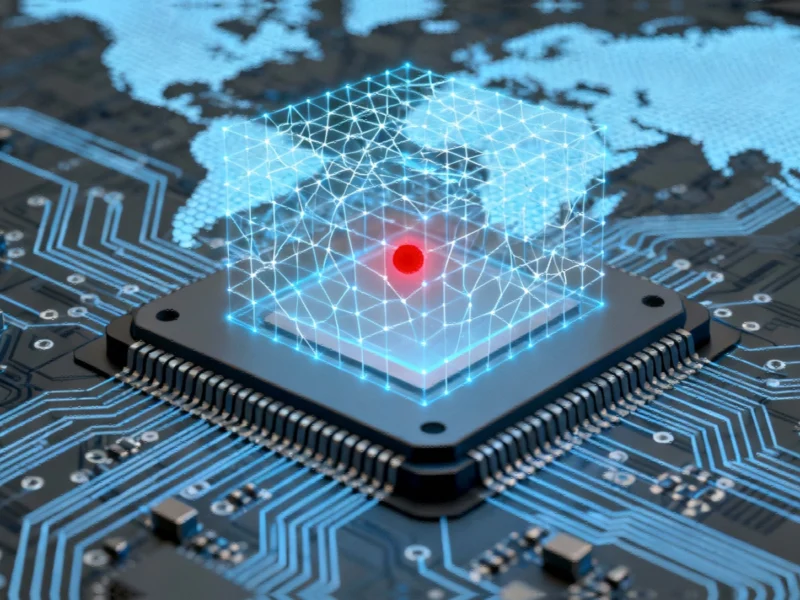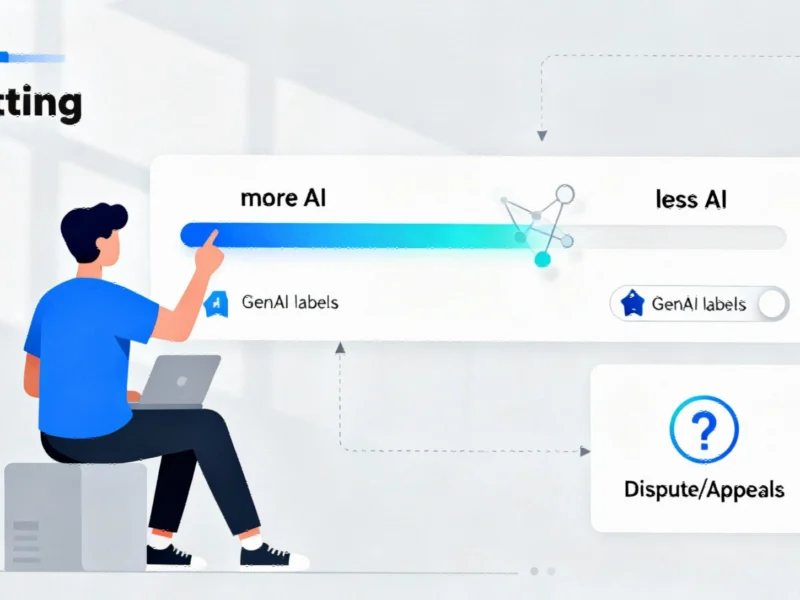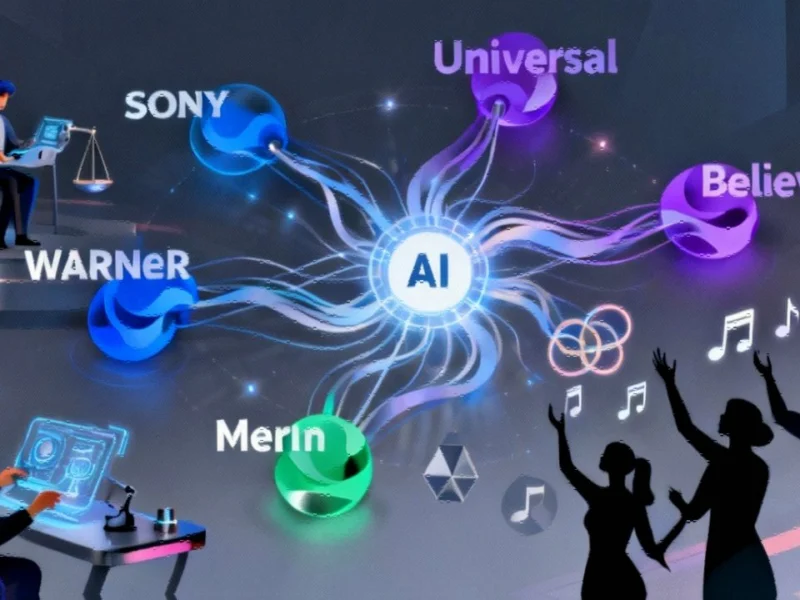Transforming Chip Security Through Advanced Language Models
In a significant advancement for hardware security, researchers have developed an AI-powered system that identifies malicious chip modifications with remarkable precision. This breakthrough comes at a critical time as global tech giants accelerate supply chain transformations to address emerging security challenges. The timing couldn’t be more crucial, as evidenced by recent developments where AI breakthrough detects hardware threats in global semiconductor networks, highlighting the growing importance of automated security solutions.
The University of Missouri research team’s achievement represents a paradigm shift in how we approach hardware security. As global technology companies rapidly reconfigure their manufacturing and distribution networks, the vulnerability of computer chips to malicious alterations has become increasingly apparent. These hardware trojans, when embedded during production, can compromise everything from medical devices to national security systems.
The PEARL System: A New Frontier in Hardware Protection
Dubbed PEARL, this innovative system leverages multiple large language models including GPT-3.5 Turbo, Gemini 1.5 Pro, Llama 3.1, and DeepSeek-V2 to scan Verilog code for suspicious patterns. What sets PEARL apart is its use of in-context learning techniques that enable it to identify threats without requiring extensive training from scratch. The system employs zero-shot, one-shot, and few-shot strategies, allowing it to adapt quickly to new types of trojans as they emerge.
The implications extend beyond traditional computing, potentially influencing how financial technology sectors approach security infrastructure. As the fintech industry continues to evolve, robust hardware security becomes increasingly vital for protecting sensitive financial data and transaction systems.
Practical Applications and Industry Impact
PEARL’s most significant advantage lies in its ability to operate without a “golden model” – the clean reference chip traditionally required for comparison. This capability dramatically expands its practical applications, making sophisticated hardware security accessible to organizations of various sizes and resources. The system’s performance metrics are impressive, with enterprise-grade models achieving up to 97% accuracy in detecting previously unknown hardware trojans.
This technological advancement arrives as UK fintech companies increasingly integrate AI-driven solutions into their security frameworks. The synergy between financial technology innovation and hardware security represents a crucial development for protecting digital economic infrastructure.
The Human Element: Transparency and Explainability
Beyond mere detection, PEARL provides human-readable explanations for its classifications, detailing why specific code segments were flagged as malicious. This transparency feature addresses one of the major criticisms of AI systems – their typical “black box” nature. By offering clear rationale for its decisions, the system enables security professionals to understand and verify the AI’s findings, creating a collaborative environment between human expertise and machine intelligence.
This approach mirrors developments in other sectors, where emerging technologies are increasingly focused on user-friendly interfaces and transparent operations. The emphasis on explainability represents a maturation of AI applications in security contexts.
Limitations and Future Directions
Despite the promising results, researchers acknowledge that a 97% detection rate, while impressive, still leaves room for improvement. In high-stakes environments such as defense systems or critical infrastructure, even a small percentage of undetected threats could have severe consequences. The research team emphasizes that AI-driven detection should complement, rather than replace, traditional security measures and manual verification processes.
The challenges of hardware security are compounded by incidents like recent cybersecurity penalties affecting major corporations, underscoring the financial and reputational risks associated with security vulnerabilities. As hardware becomes increasingly complex and supply chains more distributed, the need for robust detection systems becomes ever more pressing.
Broader Implications for Digital Security
The success of PEARL demonstrates how AI technologies originally developed for natural language processing can be adapted for specialized technical domains. This cross-pollination of technologies suggests exciting possibilities for future security innovations. As AI systems become more sophisticated, their application in hardware security will likely expand to address increasingly complex threats.
This evolution parallels advancements in other AI applications, such as the travel industry’s adoption of intelligent assistants, demonstrating how machine learning technologies are transforming diverse sectors through specialized adaptations.
The research from University of Missouri represents a significant step forward in securing the fundamental building blocks of our digital world. As hardware trojans grow more sophisticated and supply chains more complex, AI-driven solutions like PEARL will play an increasingly vital role in maintaining the integrity of the technologies that power modern society.
Based on reporting by {‘uri’: ‘techradar.com’, ‘dataType’: ‘news’, ‘title’: ‘TechRadar’, ‘description’: ”, ‘location’: {‘type’: ‘country’, ‘geoNamesId’: ‘2635167’, ‘label’: {‘eng’: ‘United Kingdom’}, ‘population’: 62348447, ‘lat’: 54.75844, ‘long’: -2.69531, ‘area’: 244820, ‘continent’: ‘Europe’}, ‘locationValidated’: False, ‘ranking’: {‘importanceRank’: 159709, ‘alexaGlobalRank’: 1056, ‘alexaCountryRank’: 619}}. This article aggregates information from publicly available sources. All trademarks and copyrights belong to their respective owners.



